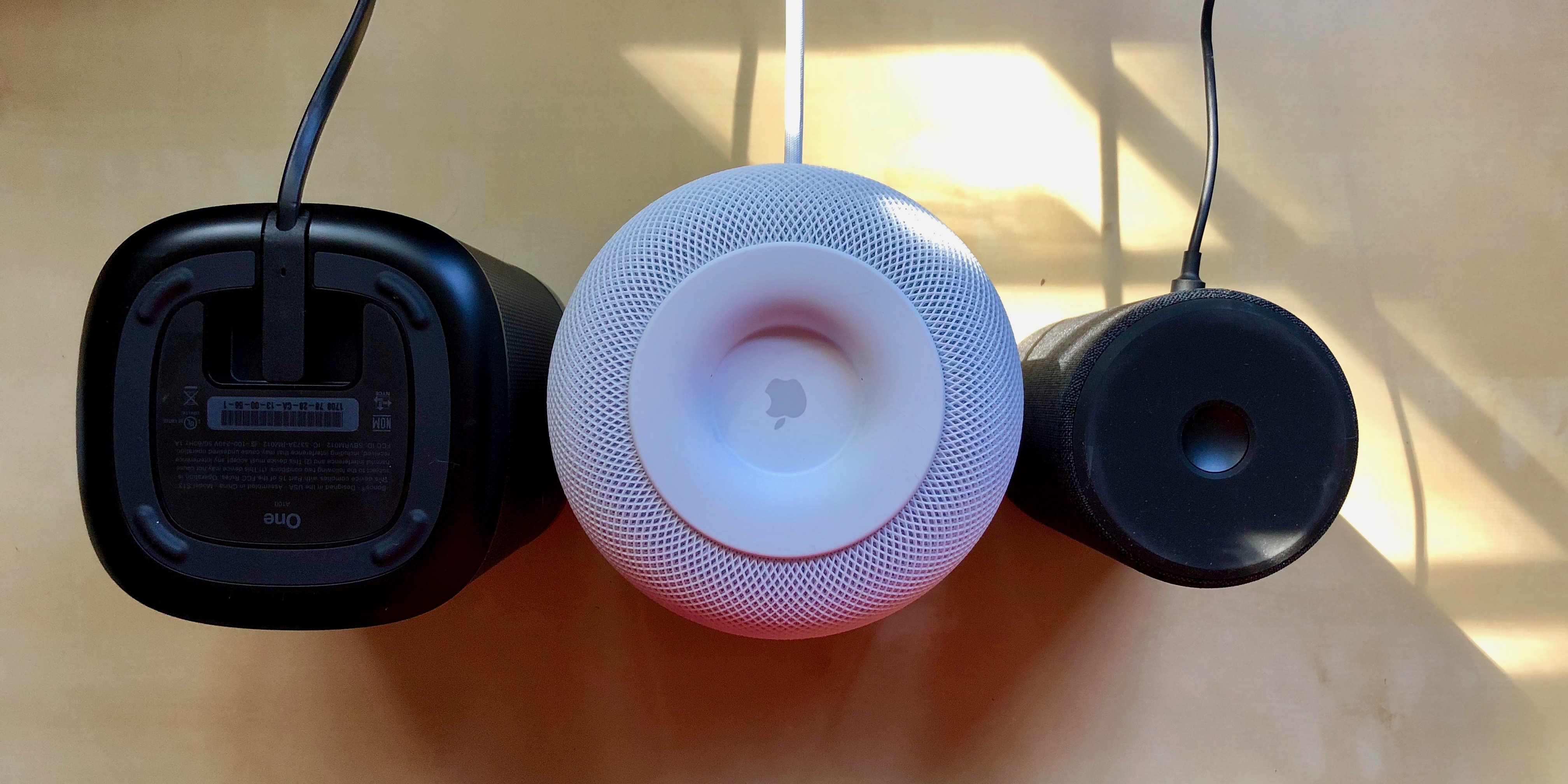

If your Sonos for macOS home theater is already set up – no need to change a thing. Follow the steps in the app to set up your home theater. Your SUB or surrounds can now bond to a PLAYBAR without the need for an app component to be wired to your router. Turn shuffle on again and get a different mix! This release makes it easy to set up a home theater. Don’t like the new order? Turn shuffle off to return the tracks to their original playback order. Turn on shuffle and the order of the tracks in the queue changes. Select Google Play Music from the music menu and check out new features like recommendations based on the time of day, recent activity, enhanced playlist support and more.
#Sonos for mac laptop update
Enhancements and changes included in the latest free software update are listed below. The app is committed to keep improving the home listening experience. The Sonos are excellent wi-fi speakers and popular for a reason, it’s easy to add more speakers to your setup and house, and usage is super simple once they’re setup.ĭo you use Sonos speakers with your Mac? What do you think of that particular setup? Let us know your thoughts in the comments.įTC: This article uses affiliate links, which means that if you buy something from the Amazon link we may get a small commission which helps to run the site.Sonos for Mac (formerly Sonos Desktop Controller) allows you to control software for the Sonos Music System. Selecting the Sonos as the audio output on the Mac is arguably easier than doing so on iPhone or iPad, which requires accessing AirPlay audio settings on iPhone via Control Center which is tucked behind the Music toggles. This requires macOS Monterey or later to be used on the Mac, however. One potential workaround to the aforementioned situation is to keep the Sonos speakers connected to the Mac, but then use the Mac as the AirPlay destination for the audio you want to play via the iPhone.

This doesn’t always conflict, but if it does it’s a simple solution, and you can always switch back again at any time. For example, if it’s connected to the Mac but you’re attempting to play Spotify to Sonos from an iPhone, or Pandora, and it times out or does not connect, you’d want to disconnect the Sonos speakers from the Mac by choosing the Mac default speakers from the same Sound menu. Note that if your Mac is connected to the Sonos speakers as the audio output, you may have issues connecting to the Sonos from the iPhone to export audio. You can also toggle the setting through Sound System Preferences by choosing the Sonos setup in the sound output options, but the Sound menu is faster for most users. All system audio, music, podcasts, YouTube videos, games, etc, anything with audio will play over the Sonos speakers.


 0 kommentar(er)
0 kommentar(er)
